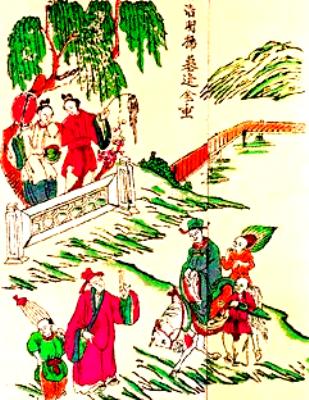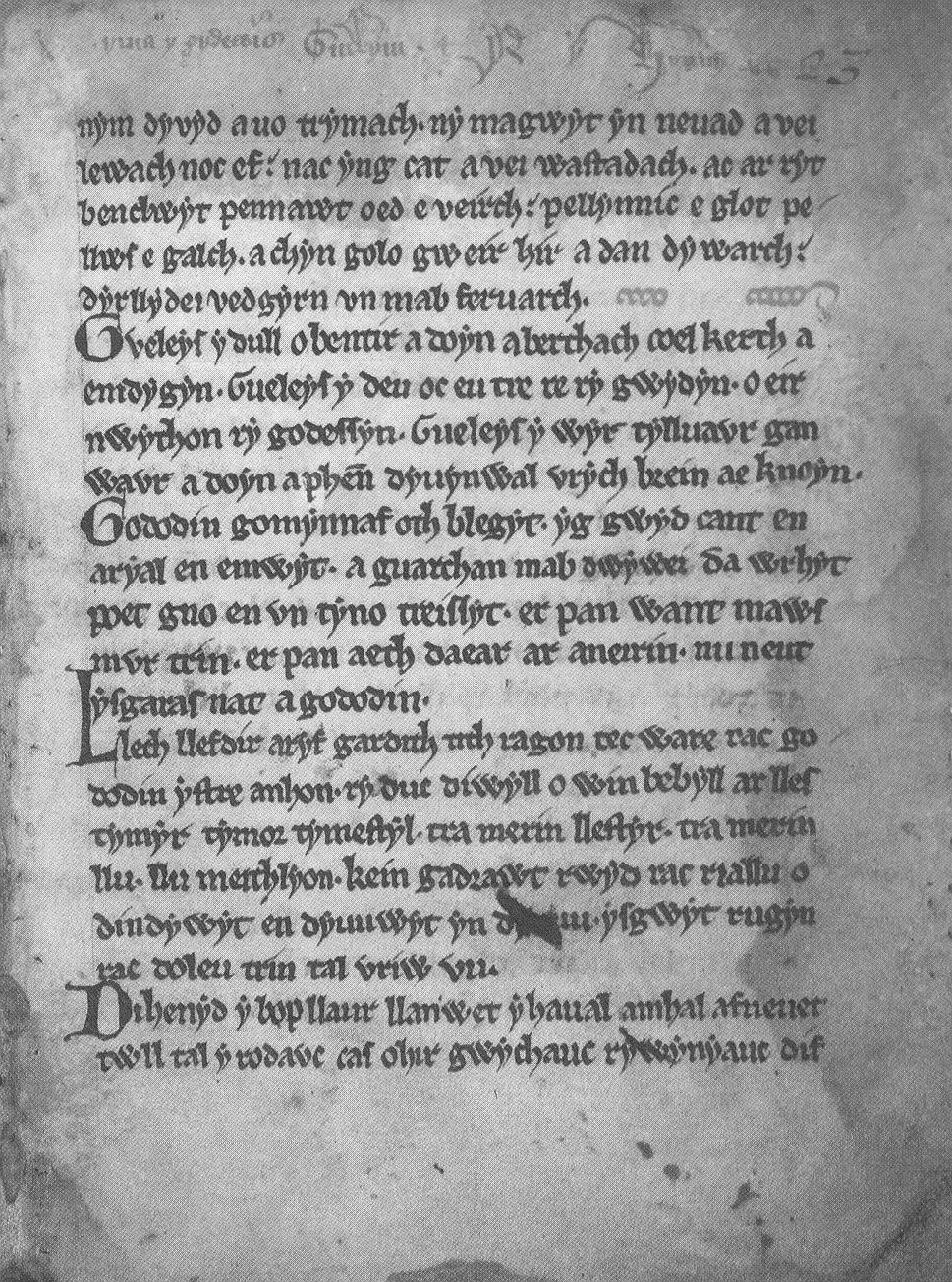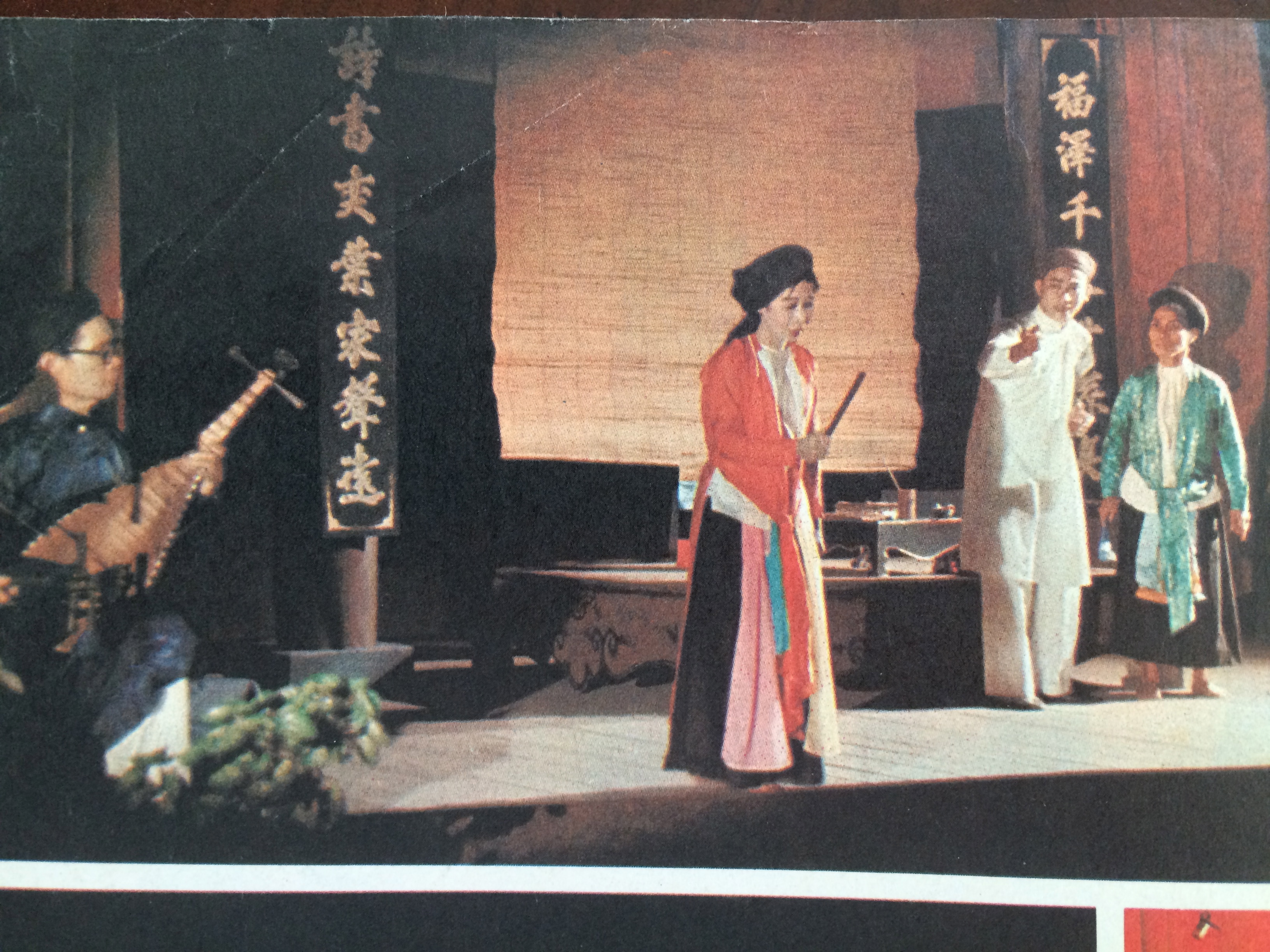|
Xẩm
Xẩm ( Chữ Nôm: 眈) or Hát xẩm (咭眈, Xẩm singing) is a type of Vietnamese folk music which was popular in the Northern region of Vietnam but is nowadays considered an endangered form of traditional music in Vietnam. In the dynastic time, xẩm was generally performed by blind artists who wandered from town to town and earned their living by singing in common places. Xẩm artists often play đàn bầu or đàn nhị to accompany the songs themselves, and sometimes they form a band with one singer and others who play traditional instruments such as the drum or phách. The melodies of xẩm are borrowed from different types of Vietnamese folk music such as trống quân or quan họ, while its themes are generally '' The Tale of Kiều'', '' Lục Vân Tiên'', and other popular Vietnamese stories. History and performers The origin of xẩm was dated from the Trần dynasty in the 14th century. During the dynastic time, xẩm was popular in the Northern region o ... [...More Info...] [...Related Items...] OR: [Wikipedia] [Google] [Baidu] |
Hà Thị Cầu
Hà Thị Cầu (1928 - 3 March 2013) was a famous Vietnamese xẩm singer. Cầu was one of six traditional singers whose works were selected for study and preservation in the late 1990s.Vietnam Courier 1986 -- Page 25 "... on the dan bau (one -stringed zither) was selected to be part of a repertoire to be presented to world audiences. The four remaining airs were also selected to be part of a list of choice items : a hat xam (minstrel's) air sung by Mrs Ha-Thi Cau, " Early life Hà Thị Cầu was born in 1928 to an extremely poor family in Nam Định province Nam, Nam, or The Nam are shortened terms for: * Vietnam, which is also spelled ''Viet Nam'' * The Vietnam War Nam, The Nam or NAM may also refer to: Arts and media * Nam, a fictional character in anime series ''Dragon Ball'' * ''NAM'' (video .... At an early age, she followed her parents as they wandered from town to town singing for money. Xẩm lyrics and the music of her parents generation was absorbed in her ... [...More Info...] [...Related Items...] OR: [Wikipedia] [Google] [Baidu] |
Music Of Vietnam
Traditional Vietnamese music encompasses a large umbrella of Vietnamese music from antiquity to present times, and can also encompass multiple groups, such as those from Vietnam's ethnic minority tribes. History Traditional Vietnamese music has been mainly used for religious activities, in daily life, and in traditional festivals. The music is considerably diverse due to Vietnam's ethnic population. Moreover, each of Vietnam's ethnic groups owns many unique types of musical instruments. The influence of Asian musical cultures on Vietnamese music can be seen in particular instruments such as the flutes, zithers, harps, and erhu. However, the recovery of an almost complete stringed instrument from a deer antler dated to 2,000 years old and shows clear similarities with traditional Vietnamese musical instruments indicate that these traditional instruments have ancient origins. Influences on Vietnam music The traditional music of Vietnam has been heavily influenced by Chinese mus ... [...More Info...] [...Related Items...] OR: [Wikipedia] [Google] [Baidu] |
Vietnamese Xam Artists
Vietnamese may refer to: * Something of, from, or related to Vietnam, a country in Southeast Asia * Vietnamese people, or Kinh people, a Southeast Asian ethnic group native to Vietnam ** Overseas Vietnamese, Vietnamese people living outside Vietnam within a diaspora * Vietnamese alphabet * Vietnamese cuisine * Vietnamese culture * Vietnamese language See also * Viennese (other) * List of Vietnamese people List of famous or notable Vietnamese people (''Người Việt'' or ''Người gốc Việt -'' Vietnamese or Vietnamese-descent). This list is incomplete. Art and design Fashion *Đặng Thị Minh Hạnh, fashion designer *Nguyễn Thù ... * {{disambiguation Language and nationality disambiguation pages ... [...More Info...] [...Related Items...] OR: [Wikipedia] [Google] [Baidu] |
Vietnamese Communal Temple
Đình (Chữ Hán: 亭 or 庭) or Vietnamese communal houses are typical of buildings found in Vietnam villages, dedicated to worship the village god, Thành hoàng, the village founder or a local hero. They also play the role as a meeting place of the people in the community, akin to modern civic centers Civic is something related to a city or municipality. It also can refer to multiple other things: Civic or CIVIC can also refer to: General *Honda Civic, a car produced by the Honda Motor Co. *Civics, the science of comparative government *Civic e .... Gallery File:Nội thất đình Mỹ Phước.jpg, Interior of đình Mỹ Phước Image:Dinhlang.jpg, Đình Nam Thanh in Huế Image:BangMonDinh.JPG, Đình Bảng Môn in Thanh Hóa Province Image:Dinh lang Vi Da.jpg, Đình Vỹ Dạ in Huế File:Đình làng Tử đôi 01072009381.jpg, Đình Tử Đôi, Hải Phòng Image:Đình làng Dư Khánh, Ninh Thuận, di tích cấp quốc gia 1999.jpg, Đình Dư Khánh, N ... [...More Info...] [...Related Items...] OR: [Wikipedia] [Google] [Baidu] |
Nhị độ Mai
''Nhị độ mai'' (二度梅, "The Plum Tree Blossoms Twice") is a 19th century Nôm poem of Vietnam. The poem is adapted from the Chinese ''caizi jiaren'' romantic novel ''Erdu mei''.Ý kiến của Nguyễn Phương Chi, ''Từ điển văn học'' (bộ mới), tr. 1265. Like the original Chinese novel, the story is set during the Tang dynasty. Text References External links Nhị Độ Mai Vietnamese Vietnamese poems {{poem-stub ... [...More Info...] [...Related Items...] OR: [Wikipedia] [Google] [Baidu] |
Truyện Kiều
''The Tale of Kiều'' is an epic poem in Vietnamese written by Nguyễn Du (1765–1820), well known in Vietnamese literature. The original title in Vietnamese is ''Đoạn Trường Tân Thanh'' (, "A New Cry From a Broken Heart"), but it is better known as ''Truyện Kiều'' (, , lit. "Tale of Kiều"). In 3,254 verses, written in '' lục bát'' ("six–eight") meter, the poem recounts the life, trials and tribulations of Thúy Kiều, a beautiful and talented young woman, who has to sacrifice herself to save her family. To save her father and younger brother from prison, she sells herself into marriage with a middle-aged man, not knowing that he is a pimp, and is forced into prostitution. While modern interpretations vary, some post-colonial writers have interpreted it as a critical, allegorical reflection on the rise of the Nguyễn dynasty. The work is famous for its humane meaning and was translated into 20 languages, such as English, French, Japanese, and Korean. ... [...More Info...] [...Related Items...] OR: [Wikipedia] [Google] [Baidu] |
Lullaby
A lullaby (), or a cradle song, is a soothing song or piece of music that is usually played for (or sung to) children (for adults see music and sleep). The purposes of lullabies vary. In some societies, they are used to pass down cultural knowledge or tradition. In addition, lullabies are often used for the developing of communication skills, indication of emotional intent, maintenance of infants' undivided attention, modulation of infants' arousal, and regulation of behavior. Perhaps one of the most important uses of lullabies is as a sleep aid for infants. As a result, the music is often simple and repetitive. Lullabies can be found in many countries, and have existed since ancient times. Etymology The term 'lullaby' derives from the Middle English ''lullen'' ("to lull") and ''by''[''e''] (in the sense of "near"); it was first recorded circa 1560. A folk etymology derives ''lullaby'' from "Lilith-Abi" (Hebrew language, Hebrew for "Lilith, begone"). In the Jewish tradition, ... [...More Info...] [...Related Items...] OR: [Wikipedia] [Google] [Baidu] |
Chèo
Chèo (, Chữ Nôm: 嘲) is a form of generally satirical musical theatre, often encompassing dance, traditionally performed by Vietnamese peasants in northern Vietnam. It is usually performed outdoors by semi-amateur touring groups, stereo-typically in a village square or the courtyard of a public building, although it is today increasingly also performed indoors and by professional performers. Chèo stage art is one of the great cultural heritage of the Vietnamese folk treasure. Chèo has been a popular art form of the Vietnamese people for many generations and has fostered the national spirit through its lyrical content. ''Hát chèo''s origins date to the 12th century during the Lý dynasty and has existed in its present form since roughly the 16th century. It derives from folk traditions, and was orally transmitted; unlike courtly theater traditions, it employs no scenery and sparse costumes and makeup. It involves a combination of traditional set pieces and improvisational ... [...More Info...] [...Related Items...] OR: [Wikipedia] [Google] [Baidu] |
Đồng Xuân Market
Đồng Xuân Market (; chữ Nôm: 𢄂 同 春) is a market in the center district Hoàn Kiếm of Hanoi, Vietnam. Originally built by the French administration in 1889, Đồng Xuân Market has been renovated several times with the latest being in 1994 after a fire that almost destroyed the market. Nowadays, Đồng Xuân Market is the largest covered market of Hanoi where the wholesale traders sell everything from clothes and household goods to foodstuffs. History At the end of the 19th century, the Old Quarter of Hanoi had two main marketplaces, one at Hang Duong Street and the other at Hang Ma Street. In 1889, these two markets were closed and replaced by the original Đồng Xuân Market which was built by the order of the French administration in 1889 as one of the principal new architectures of Hanoi, together with Long Biên Bridge which was located nearby and completed in 1902. The market was constructed in Hanoi's Old Quarter, only 600 m north of Hoàn Kiếm L ... [...More Info...] [...Related Items...] OR: [Wikipedia] [Google] [Baidu] |
Hanoi
Hanoi ( ; ; ) is the Capital city, capital and List of cities in Vietnam, second-most populous city of Vietnam. The name "Hanoi" translates to "inside the river" (Hanoi is bordered by the Red River (Asia), Red and Black River (Asia), Black Rivers). As a Municipalities of Vietnam, municipality, Hanoi consists of 12 List of urban districts of Vietnam, urban districts, 17 Huyện, rural districts, and 1 District-level town (Vietnam), district-level town. The city encompasses an area of . and as of 2024 has a population of 8,718,000. Hanoi had the second-highest gross regional domestic product of all Vietnamese provinces and municipalities at US$51.4 billion in 2022, behind only Ho Chi Minh City. In the third century BCE, the Cổ Loa Citadel, Cổ Loa Capital Citadel of Âu Lạc was constructed in what is now Hanoi. Âu Lạc then Vietnam under Chinese rule, fell under Chinese rule for a thousand years. In 1010, under the Lý dynasty, Vietnamese emperor Lý Thái Tổ established ... [...More Info...] [...Related Items...] OR: [Wikipedia] [Google] [Baidu] |
Tram
A tram (also known as a streetcar or trolley in Canada and the United States) is an urban rail transit in which Rolling stock, vehicles, whether individual railcars or multiple-unit trains, run on tramway tracks on urban public streets; some include segments on segregated Right-of-way (property access), right-of-way. The tramlines or tram networks operated as public transport are called tramways or simply trams/streetcars. Because of their close similarities, trams are commonly included in the wider term ''light rail'', which also includes systems separated from other traffic. Tram vehicles are usually lighter and shorter than Main line (railway), main line and rapid transit trains. Most trams use electrical power, usually fed by a Pantograph (transport), pantograph sliding on an overhead line; older systems may use a trolley pole or a bow collector. In some cases, a contact shoe on a third rail is used. If necessary, they may have dual power systems—electricity in city stre ... [...More Info...] [...Related Items...] OR: [Wikipedia] [Google] [Baidu] |







